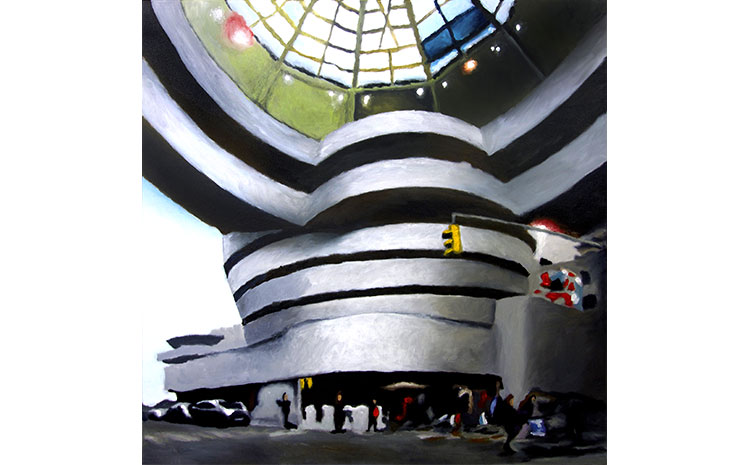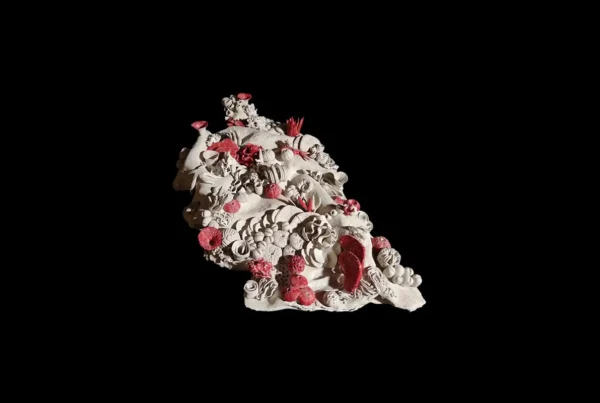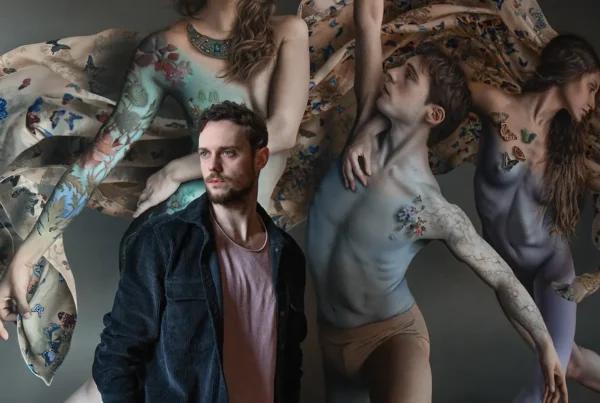“Art helps me to live, I also live for art: I am the subject and the object of my paintings.”
Michel Fourcade: The Urban Landscape as a Canvas for Artistic Expression
Artist Michel Fourcade hails from the scenic city of Toulouse in southwestern France. Renowned for his diverse body of work, Fourcade has been featured in numerous exhibitions, including those held in New York in 1993, 2001, 2014, and 2017, as well as in London in 2016 and 2019. The artist’s educational journey led him to Belgium before he ultimately enrolled at the esteemed School of Fine Arts in Lille, a city situated in northern France. At the age of 25, Fourcade returned to his beloved Toulouse. Throughout his artistic career, he has also resided in New York (1990-1992) and London (2014), both of which have significantly shaped his artistic sensibilities.
During his time at the School of Fine Arts, Fourcade dedicated himself to the study of sculpture and volume. However, due to limited space in his Toulouse studio, he shifted his focus to photography, a medium that ultimately ignited his fervor for painting. Art enthusiasts can find samples of his early work in volume on his official website.
In the beginning, Fourcade’s artistic endeavors centered on hyperrealistic canvases. Gradually, his creative path led him to explore abstraction before ultimately circling back to figuration. The artist’s foundation in volume study has been instrumental in cultivating his comprehension of shadow, light, and the dimensions of objects, elements he masterfully integrates into his paintings.
Fourcade’s experiences living in New York and London have left an indelible mark on his artistic creations, as his cityscapes often meld elements from these two cosmopolitan centers into singular, captivating compositions. He acknowledges Rembrandt, Vermeer, and Matisse as significant influences on his approach to art, attributing his understanding of light to Rembrandt and his appreciation of color to both Vermeer and Matisse.
Moreover, Fourcade’s immersion in volume study at the School of Fine Arts has equipped him with invaluable knowledge of light and the disintegration of forms, techniques that he deftly applies in his contemporary works.
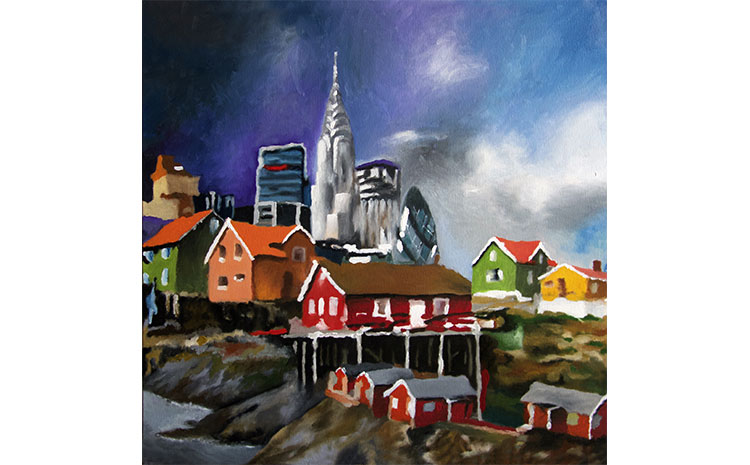
A Fascinating Evolution from Sculpture to Figurative Painting
Michel Fourcade’s artwork is characterized by a fusion of spatially heterogeneous elements that results in a visual shock, according to critic Jean-Paul Chavent. Fourcade’s interest lies in the esthetic interlocking and plastic fiction of these elements rather than the accumulation of forms. His work creates a unique space with a humorous twist where every shape appears ready to transform into another. Anomaly in these improbable decorations becomes a strange attractor that carries other hybrid images. Fourcade’s desire to mix sometimes antagonistic visions expresses itself in the cities and bodies that he paints, revolving around the cube, which he sees as the perfect figure into which everything fits.
Fourcade prefers an urban environment to the countryside for his creative pursuits. He perceives cities as immense sculptures composed of cubic forms with a diverse array of landscape elements coalescing. In his canvases, the artist deliberately repositions buildings and natural elements to reflect the diversity of life itself.
Fourcade’s urban landscapes often feature sections of walls that reveal scenes in stark contrast to the foreground, similar to Hollywood backdrops. Every form in his artwork appears poised to metamorphose into another, creating a surreal atmosphere similar to David Lynch’s films.
Through his skillful manipulation of the viewer’s gaze, Fourcade creates a distinctive space imbued with a subtle sense of humor. His mischievous approach results in an aesthetic order where each “anomaly” that disrupts the improbable backdrops becomes a peculiar attractor, giving rise to other hybrid images. In his most recent works, his brushstrokes progressively blend and lighten.

Michel Fourcade: Art as an Extension of Life
In Michel Fourcade’s artwork, the deregulation of the image transcends mere juxtapositions, as he skillfully depicts cities brimming with expressive energy. Fourcade’s desire to combine seemingly opposing visions is evident in his fusion of distinct urban landscapes, such as New York and London. His artistic journey has been marked by a fascinating evolution, with the artist’s style transforming from sculpture and volume to figurative painting, eventually embracing abstraction before returning to figurative representations.
Fourcade’s recent works have focused on the convergence of nature and urban landscapes, often featuring trees in city settings. Notable examples of this theme include “Trees in London” and “The Old Lovers,” in which geometric figures such as tori further accentuate the compositions. When asked about his favorite work or series of works, Fourcade acknowledges the difficulty of choosing, as each creation holds a special place in his heart. Even when confronted with failures, the artist remains undaunted, simply covering the piece with white paint and starting anew.
For Michel Fourcade, art is not just a means to live but the very essence of his existence. Inextricably connected to his work, he serves as both the subject and object of his paintings. Accompanied by music from morning to night, Fourcade immerses himself in his artistic practice, which he views as an extension of his life rather than a form of therapy. Art provides him with a unique perspective that he believes would be otherwise inaccessible if he were not an artist.
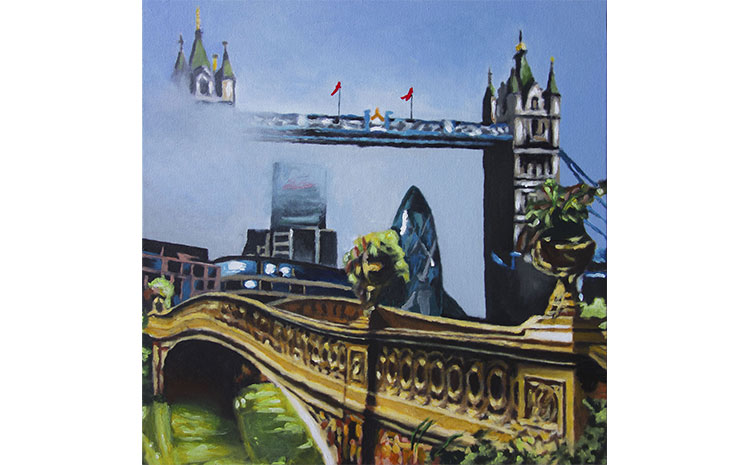
A Unique Fusion of Urban Landscapes and Nature
Art has provided Michel Fourcade with a profound appreciation for various forms of creative expression, including literature, cinema, theater, dance, and music. He particularly admires the works of David Lynch and has a fondness for Anglo-Saxon pop, jazz, and contemporary music. Although Fourcade once aspired to become a pop-rock guitarist, he found himself unable to master the instrument. Similarly, while he enjoys penning brief essays on art, the prospect of composing an entire novel remains a formidable challenge.
Despite these limitations, Fourcade takes solace in the culturally rich life he has led, which has been filled with art and meaningful encounters. He extends his gratitude to his friends who have shared this journey with him, as well as to those who have unknowingly contributed to his growth and development as an artist.
Fourcade dreams of returning to cities like New York or London where he has previously spent time and developed a strong affinity for. For now, he envisions revisiting these cities purely as a tourist. Nevertheless, his primary objective remains steadfast: to continue honing his craft as a painter and potentially increase the visibility of his work.
